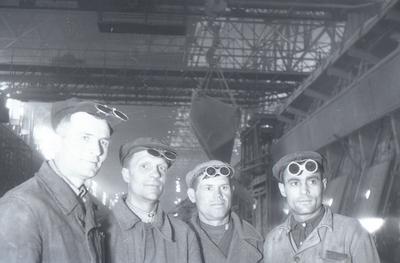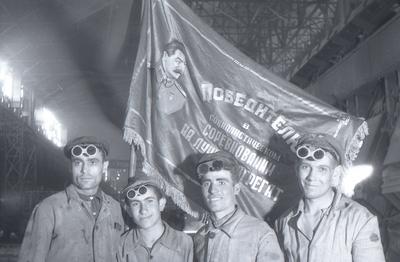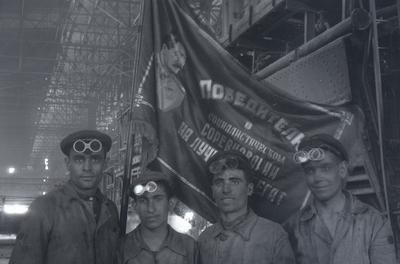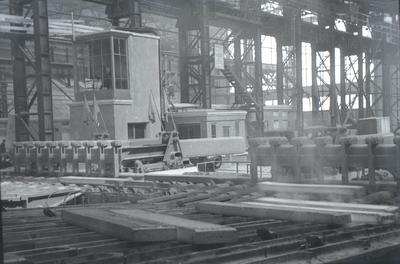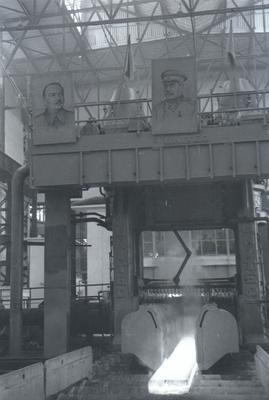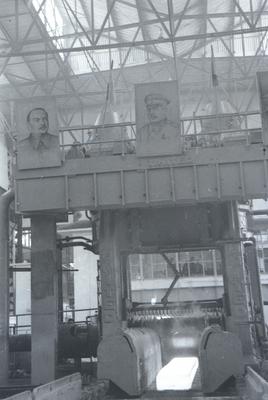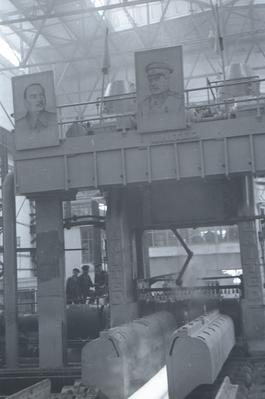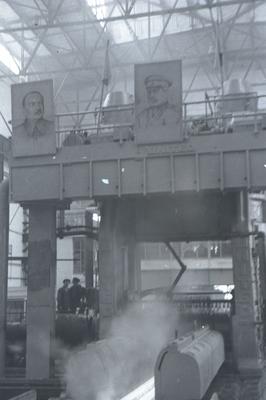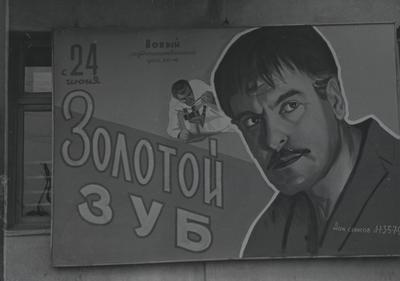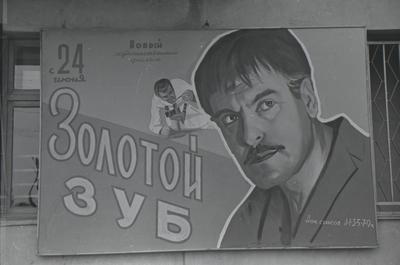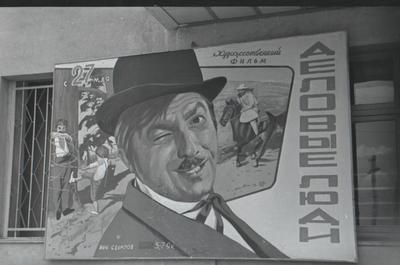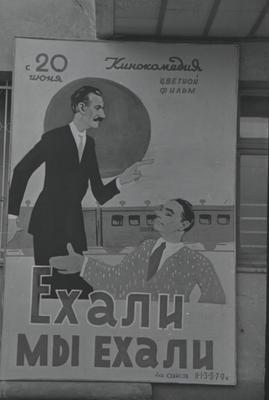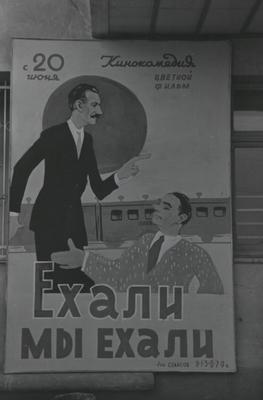Маріупольський краєзнавчий музей
Колекція Маріупольського краєзнавчого музею створена у період 1949-1960 років, складається з фотографій і кінофільмів. Фотографії можна поділити на групи за різними ознаками — розміром плівки, датою створення чи тематикою.
Частину фотографій зробив Павло Мечиславович Кашкель.
У 1930 році він працював слюсарем на судоремонтному заводі у Маріуполі, займався фотографією як аматор. У 1936 його запросили працювати фотокореспондентом у редакцію міської газети “Приазовський робітник”, яка випускається досі. Під час Другої світової війни був воєнним фотографом політвідділу 78 стрілецької дивізії. Після війни повернувся до роботи у редакції, а його завданням було відвідувати заводи, порт, палаци культури, бібліотеки і фотографувати робітників, дітей, події та місто. Створені тоді негативи зберігаються у колекції Маріупольського краєзнавчого музею.
Був фотокореспондентом у редакціях місцевих газет “Приазовський пролетаріат”, “Приазовський робітник”, “Зоря Приазов'я”. З 1961 року працював у відділі науково-технічної інформації заводу “Азовсталь”, у виробничому об’єднанні “Ждановважмаш”.
Інтереси Павла і редакційні завдання визначили образне і тематичне наповнення колекції. Радянський ідеал робітника, заводу, праці сфокусували його увагу на створенні привабливого образу робітничого життя, демонстрації святкувань досягнень і пам'ятних дат. Ймовірно, фотографії мали пропагувати ці ідеї. Зараз вони дають уявлення про героїзацію праці і естетизацію індустріальних ландшафтів через мистецтво і медіа. Ілюструють характерну для агітаційного мистецтва повторюваність сюжету.
Частина фотографій зображує процеси, які відбувалися на виробництвах: заливку чавуну, випуск сталі; робітників, які у робочому і захисному одязі виконують ці операції.
Окрема група — панорами індустріальних ландшафтів з силуетами заводів або вигляди промислових об'єктів зблизька, зображення їхніх територій, на яких видно розташування цехів. Наприклад, панорама порту “Азовсталь”. Поряд з ними є фотографії інтер'єрів, наприклад, внутрішній вигляд мартенівського цеху, з печами для переробки чавуну та металобрухту в сталь, лабораторії мартенівського цеху, рейко-балковий цех, шлакопомольний цех.
Інші група — портретні фотографії працівників, зокрема відзначених нагородами. Більшість з них підписані. Фотографії робітників під час виконання операцій надають праці емоційного забарвлення — показують радість, інтерес, залученість. Із зображень видно особливості захисного одягу сталеварів і їхніх бригад, начальників цехів, горнових. Ці фотографії створювали для ілюстрації статтей про виконання плану, про товариські стосунки між заводами, та для агітації до праці.
Павло Кашкель фіксував оновлення, які відбувалися на заводах — нове обладнання, нові пульти у цехах, нову їдальню.
Фотографії показують і позаробоче життя на заводах: відпочинок у санаторіях, навчання у технічних бібліотеках, зустрічі з агітаторами, вивчення праць Леніна, читання пропагандистських брошур у партійних бібліотеках. Агітаційні елементи видно і на території заводів, наприклад, на подвір'ї одного з них був пам'ятник Леніну.
Особливо група — фотографії працівників не на заводах, а за буденними справами чи розвагами. Наприклад, у колекції є фотографія дружини сталевара Шрукопата на їхній кухні, також фотографії спостереження за сонячним затемненням 30 червня 1954 року.
Крім цього, у колекції є фотографії спортивних змагань і тренувань, занять у музичній школі, з дитячого свята у “Азовсталі”, з художньої виставки та з оздоровчих процедур у фотарії.
Частина фотографій показує сільськогосподарське життя і легку промисловість: лісове господарство, рибний цех, виготовлення серветок, роботу насіннєвої лабораторії, качину ферму, працівників парників, жнива, колгоспні господарства.


